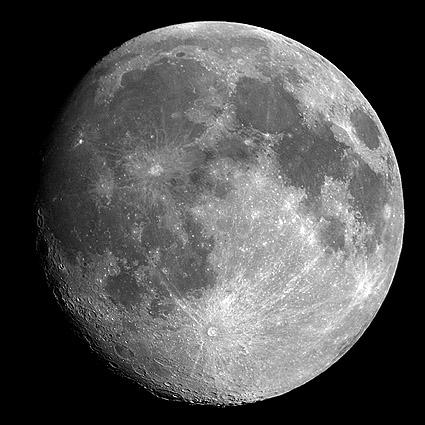Difference between revisions of "March 13, 2004"
| (One intermediate revision by the same user not shown) | |||
| Line 1: | Line 1: | ||
__NOTOC__ | __NOTOC__ | ||
=First Light on a Nearly Full Moon= | =First Light on a Nearly Full Moon= | ||
| + | <!-- Start of content --> | ||
<table width="640" border="0" align="center" cellpadding="6" cellspacing="2"> | <table width="640" border="0" align="center" cellpadding="6" cellspacing="2"> | ||
<tr> | <tr> | ||
| Line 58: | Line 59: | ||
</table> | </table> | ||
<p> </p> | <p> </p> | ||
| − | + | <!-- End of content --> | |
| − | + | {{wiki/ArticleFooter}} | |
| − | |||
| − | |||
| − | <!-- | ||
| − | |||
| − | |||
| − | |||
| − | |||
| − | |||
| − | |||
| − | |||
Latest revision as of 19:13, 7 February 2015
First Light on a Nearly Full Moon
Image Credit: Mark Stronge |
|
First Light on a Nearly Full Moon A new telescope brings great joy, anticipation and too often, clouds. Here is a first light image by Mark Stronge of Northern Ireland of the nearly full Moon of March 5th. Mark followed the now standard procedure of combining multiple ccd images and got a first image to be proud of with good sharpness and tonal contrast. Along the limb are the large craters Bailly in the south and Hevelius near the equator. Technical Details: Related Links: Yesterday's LPOD: Forming the Moon Tomorrow's LPOD: Happy Birthday, Einstein |
|
Author & Editor: |
COMMENTS?
Register, Log in, and join in the comments.




